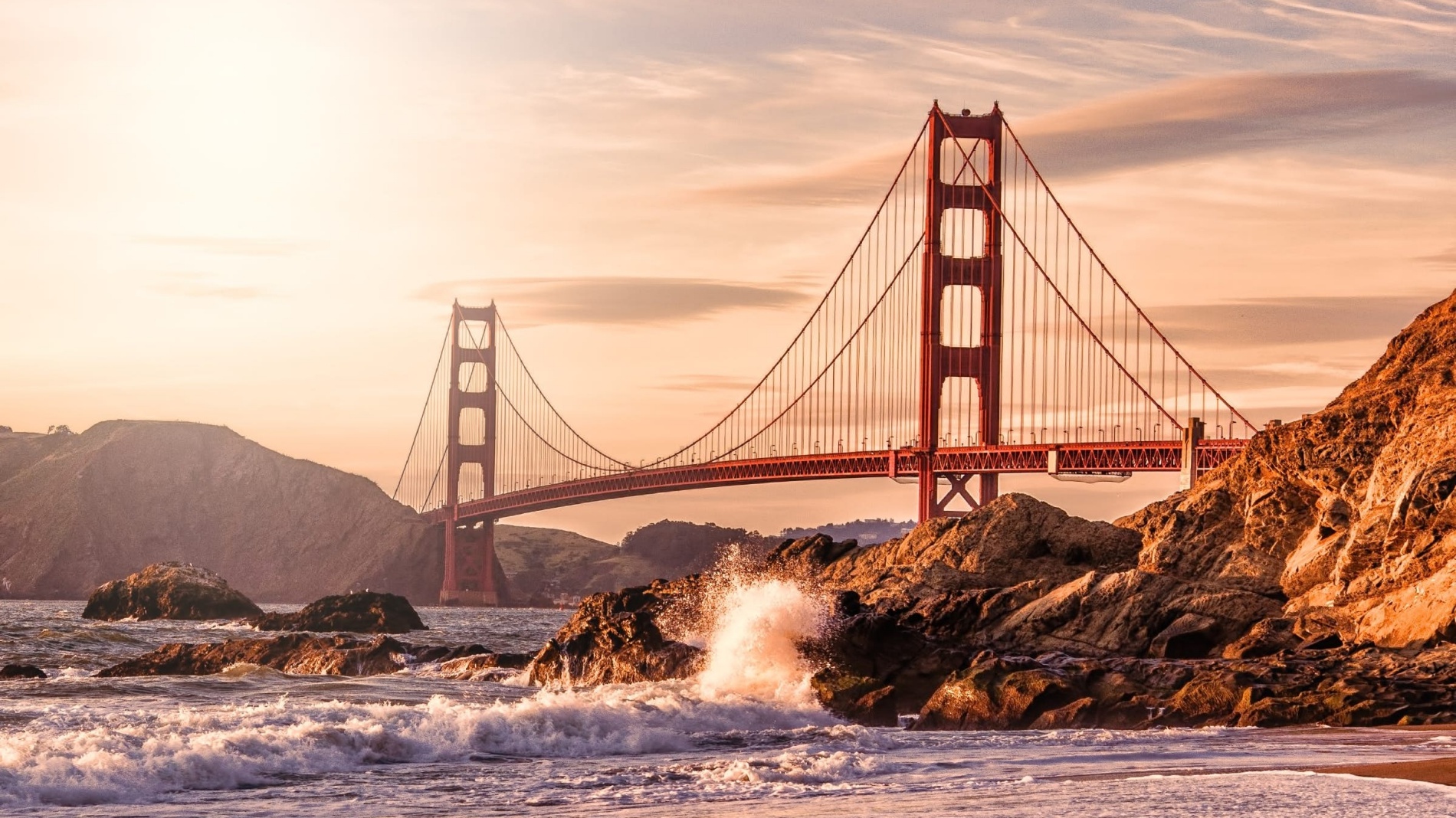Edo (Tokyo, Japan)
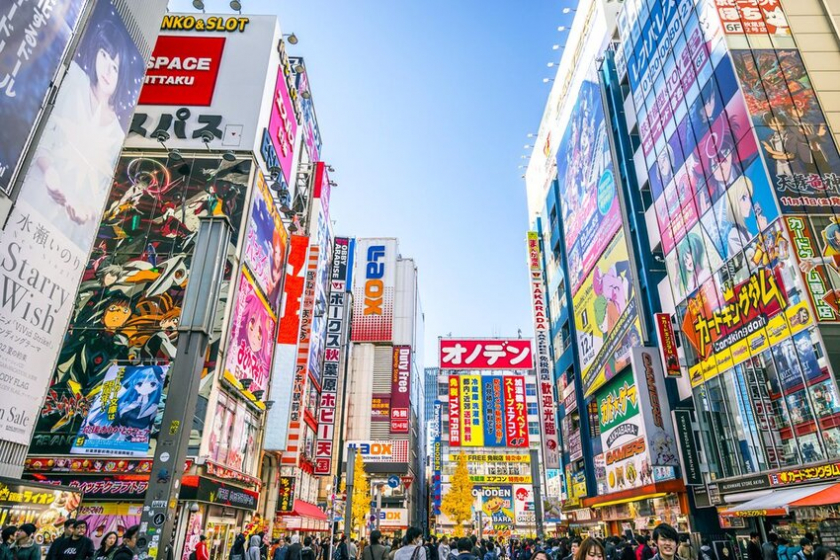
Tokyo is known as the heart of Japan, built around 3000 years BC, Edo is the original name of this city. Originally named after the residents of the Kanto region, belonging to the Edo clan. The buildings here at that time were just fishing villages built on the bays of the sea, the houses of the village were built modestly from simple materials such as bamboo and paper. Edo became the focus of the Tokugawa dynasty, the generals made this place their capital in 1603. Over the next few centuries, this place developed into a powerful urban center.
The Meiji Restoration of 1868 brought about a dramatic change in the city as the Tokugawa shoguns were dethroned and the Emperor of Japan was restored to power. The seat of the imperial throne was moved from Kyoto to Edo, which was renamed “Tokyo”, meaning “Eastern Capital”.
Lutetia (Paris, France)

“The most romantic city in the world” and “City of Light” are two of the most popular names for Paris, France. But in Roman times, the city was known by a less poetic name, Lutetia, which was given by the Celts and means “place near the marshes”.
The Parisii tribe settled here in the third millennium BC. When Julius Caesar took over Lutetia in 52 BC, he transformed it into a full-fledged Roman town with baths, an arena, and an aqueduct. The ruins can still be seen in the city's Latin Quarter.
In the fourth century, after the fall of the Western Roman Empire, the city was renamed “Paris” as it had been originally.
Trimount (Boston, Massachusetts)
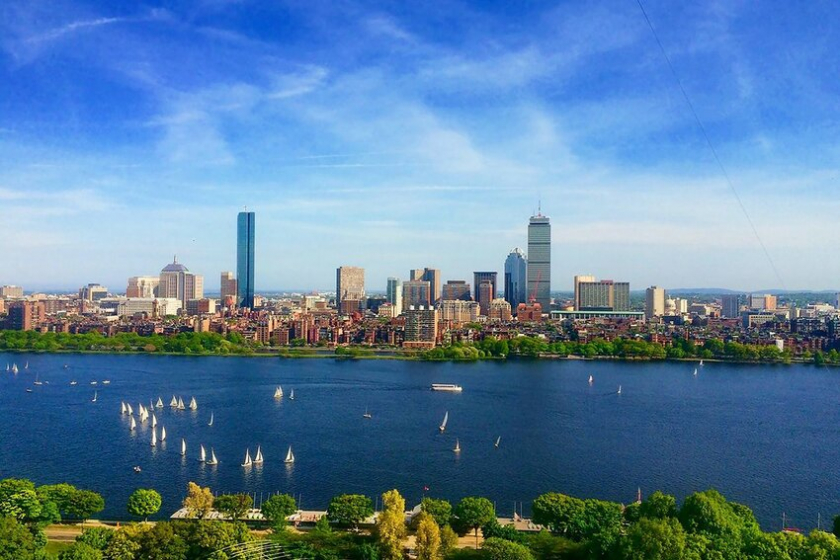
Boston, Massachusetts, also known as Tremontaine or Trimount, was the first European colony, named after a three-peaked hill that was a peninsula on Massachusetts Bay. These hills were Mount Vernon Hill, Beacon Hill, and Pemberton Hill. In 1630, after a vote of the people, the city was officially renamed Boston (after the town of Boston in England).
Not only did the old name disappear, but the hills themselves were also lost due to the 19th-century reclamation project that mined Boston's three peaks. Now, all that remains of the peninsula is the Beacon Hill neighborhood, with streets named Mt. Vernon and Tremont.
Batavia (Jakarta, Indonesia)

The capital city of Jakarta, Indonesia, is the result of a struggle by the country's residents for the right to name the city. It began in 1527, when the Sultan of Bantam defeated the Portuguese colonists at the mouth of the Ciliwung River. To celebrate his victory, he named the area Jayakarta, which means "victory."
A century later, profiteers from the Dutch East India Company captured the city and established a trading post there, calling it Batavia after a Germanic tribe ancestral to the Dutch. Rich from this colony, the city came under Dutch control. Until 1949, when Indonesia gained independence, Jakarta became the city's recognized name.
York (Toronto, Canada)
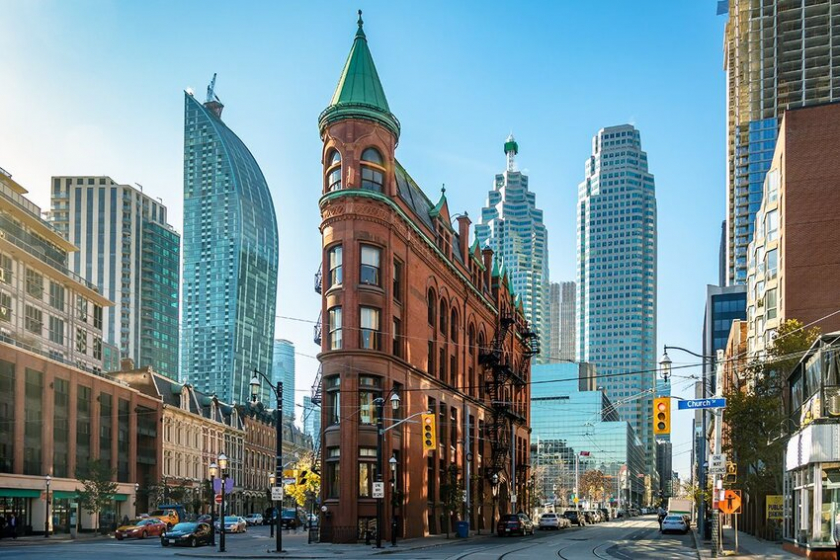
The city of Toronto was founded in 1793 by British general John Graves Simcoe, who believed that its location on the harbor would protect the people from American raids. Tkaronto was the city's first name, and Simcoe did not like it, as it meant "a place where trees stand in water" in Mohawk. Simcoe's superior, Lord Dorchester, proposed that the settlement be named after himself, but Simcoe was not interested. So Simcoe called the town York after the Duke of York.
However, the city name did not last long, in 1834 when the city was incorporated, the government chose to name it Toronto, a variation of the original Mohawk name meaning “sound and music”.
Kristiania (Oslo, Norway)
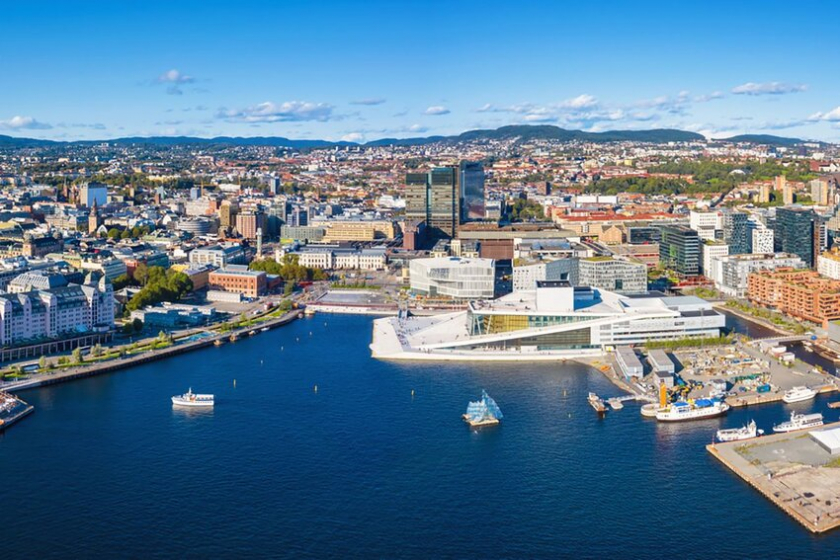
Norway's capital, Oslo, is centered on the Akershus fortress. This ancient castle was built by King Haakon V in the 14th century. However, in 1624, a great fire broke out and destroyed much of the city. King Christian IV, in his quest to name the city after himself, took the opportunity to decide that the city would be rebuilt under the walls of Akershus. Thus, Oslo (which means "meadows under the hill") became "Christiania."
In 1877, to conform to the Norwegian language, the pronunciation was changed to "Kristiania", but the spread was slow. In 1905, after Norway became fully independent from Sweden, the old name of the city was increasingly used to reinforce national pride and Oslo became the official name in 1925.
Salisbury (Harare, Zimbabwe)
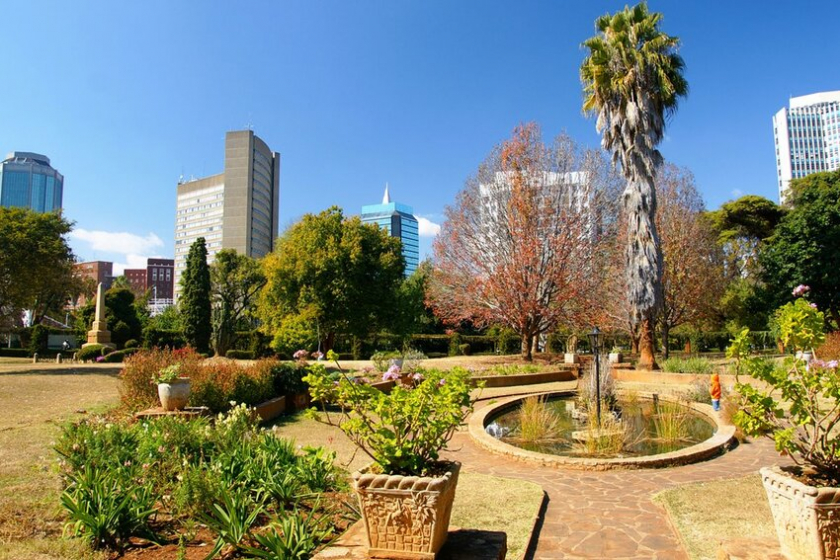
Harare, Zimbabwe, a land where ancient African ruins and skyscrapers coexist. In 1890, when British colonists led by Cecil Rhodes first settled here, they called it “Fort Salisbury” – not after the English cathedral city near Stonehenge, but after the Prime Minister, who also happened to be the Queen of Salisbury.
It remained a military settlement in the colony of Rhodesia until 1980, when Zimbabwe gained independence from Britain. To mark the nation's second anniversary of independence, the capital was renamed "Harare" - a powerful name, in honor of a 19th-century Shona chief.
Bombay (Mumbai, India)
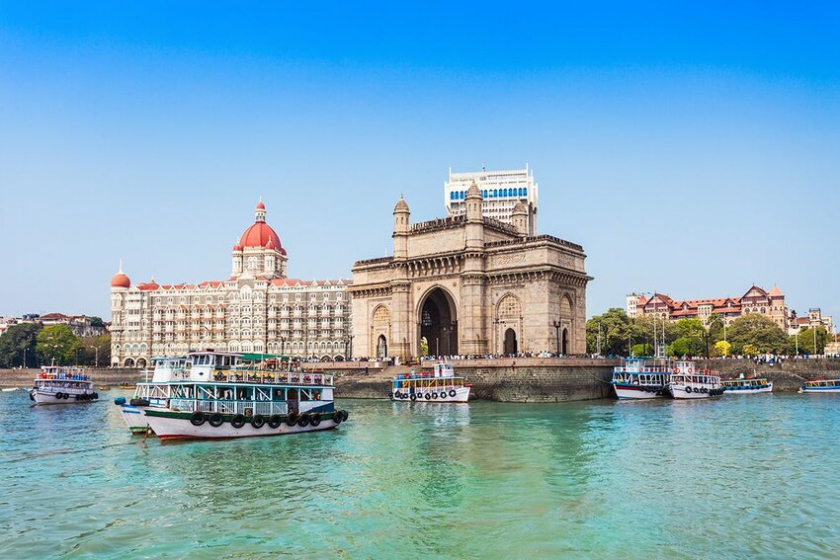
If you ever wondered why Mumbai is home to “Bollywood” and not “Mollywood”, here’s the answer. Bombay is the old nickname given by the Portuguese to the city, and it means “corruption” in English. It can be read with many other pronunciations, from Bombain to Bombeye to Mombaim, but Bombay is the most accurate.
However, in the local Indian languages of Gujarati and Marathi, the name Mumbai has gradually gained popularity, derived from the Marathi goddess Mumbadevi. In 1995, Bombay was renamed Mumbai when a new party came to power in the city government. Bombay has since been seen as a relic of the city's colonial past. Although Bombay is no more, many locals still refer to the bustling city by its old name.
Yerba Buena (San Francisco, California)
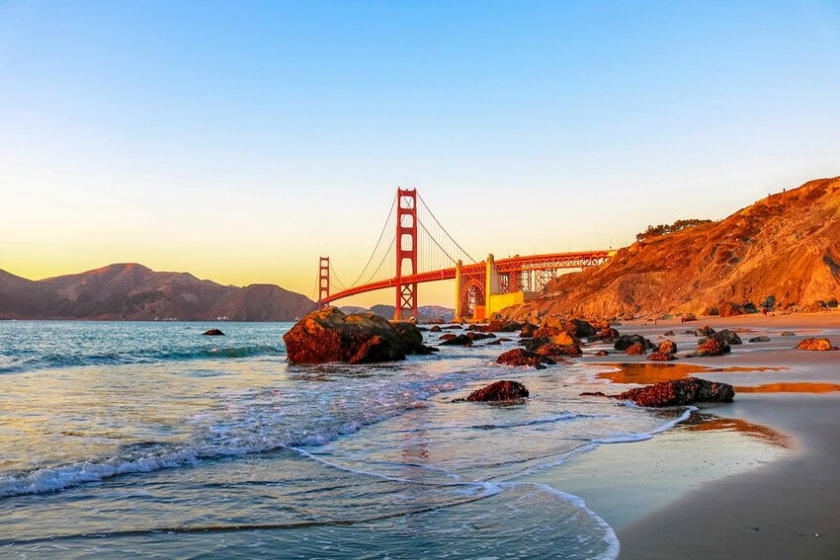
Many of California’s famous place names originate from Mexico’s West Coast, with Los Angeles, San Diego, and San Francisco all being Spanish. San Francisco was not actually the original name of the “Golden Gate City.” In the 18th century, the city was first called Yerba Buena (“good herb”) by Mexican pioneers because of the many rare and fragrant herbs that grew there.
In 1847, the United States won the Mexican-American War and the city was renamed San Francisco, honoring St. Francis's mission to build the first cathedral on the bay. Now, all that remains of Yerba Buena is a downtown district known for its great food, art, and museums.






